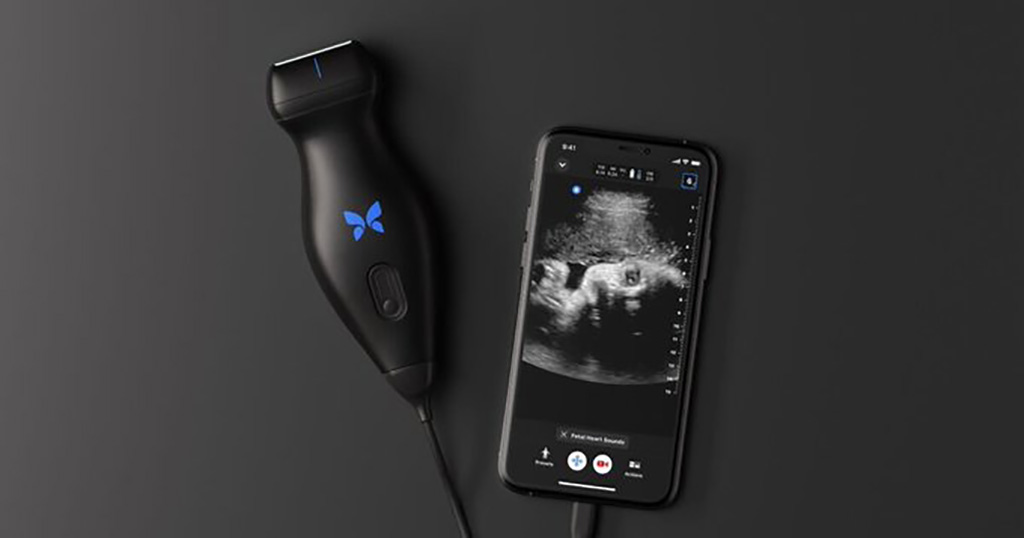Unique Scanning Method Coupled with AI Paves Way for Universal Obstetric Ultrasound
Posted on 18 Apr 2022
Establishing accurate gestational age with ultrasound early in pregnancy is essential to delivering high-quality care. Yet, the high cost for equipment and the need for trained sonographers limit its use in low-resource settings. Now, a landmark study empowers nurse midwives to perform at level of trained sonographers using a unique artificial intelligence (AI)- powered scanning method.
The new study by researchers at the UNC Institute for Global Health & Infectious Diseases (Chapel Hill, NC, USA) recruited 4,695 pregnant volunteers in North Carolina and Zambia who received blind ultrasound sweeps of the pregnant abdomen alongside standard fetal measurements, collected on both the commercial ultrasound machine and on Butterfly Network, Inc.’s (Burlington, MA, USA) Butterfly iQ, the company’s handheld, whole-body point-of-care ultrasound probe. Researchers trained a neural network to estimate gestational age from the sweeps.

“Armed with a pocket-sized Butterfly probe and a smartphone, a Zambian midwife with no prior training in sonography can assess gestational age as accurately as a certified sonographer using an expensive machine. This has the potential to revolutionize the delivery of obstetric care in settings like Zambia,” said Joni Price, MD, an assistant professor of obstetrics and gynecology at UNC who led the study implementation.
“Ultrasound is like a stethoscope to the modern obstetrician. We use it all day, every day. These results foretell a future where all pregnant people – not just those who live in rich countries – can access the diagnostic benefits of obstetric ultrasound,” added Dr. Jeff Stringer, MD, associate director of UNC’s Institute for Global Health and Infectious Diseases who came up with the idea for this project.
“Prior to this important research, access to low-cost imaging devices and the expertise to perform scans presented challenging hurdles to overcome in low-resource care settings,” said Dr. John Martin, Chief Medical Officer, Butterfly Network. “The results of this study offer hope to millions of mothers when it comes to determining risk and sequencing care. The findings also reinforce our belief that mid-level practitioners, when armed with the right tools, can meaningfully improve outcomes and advance the standard of care.”
Related Links:
Butterfly Network, Inc.
UNC Institute for Global Health & Infectious Diseases














